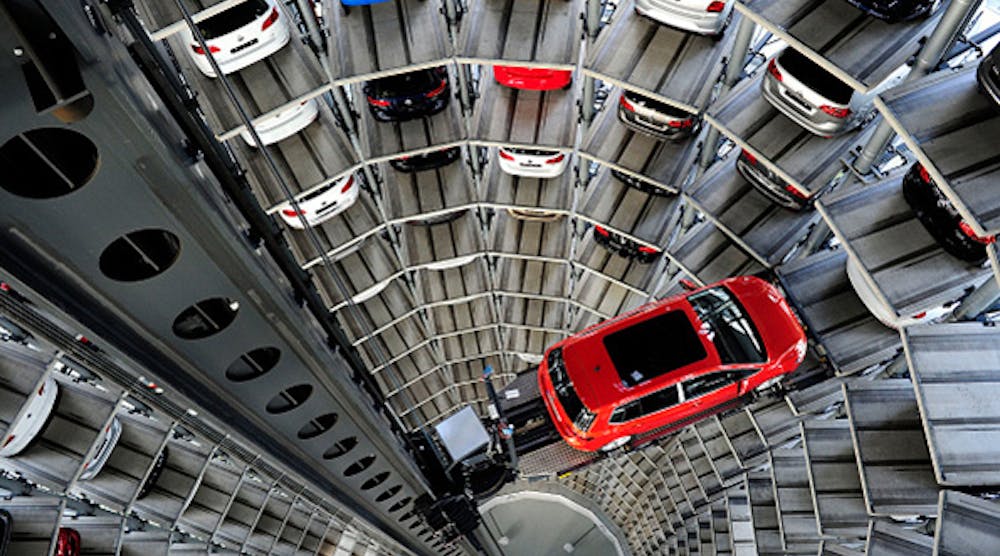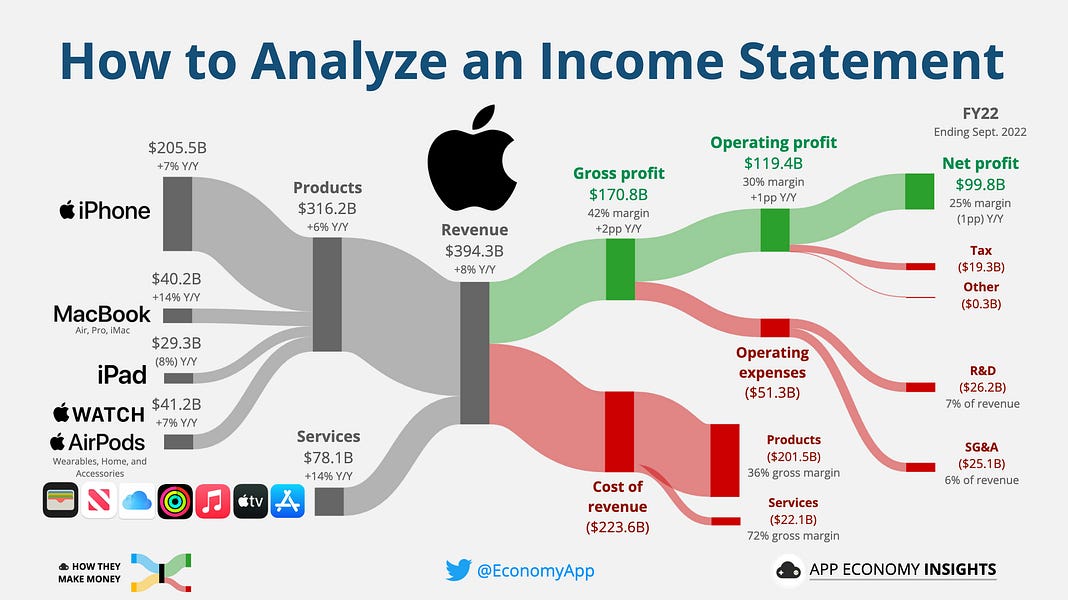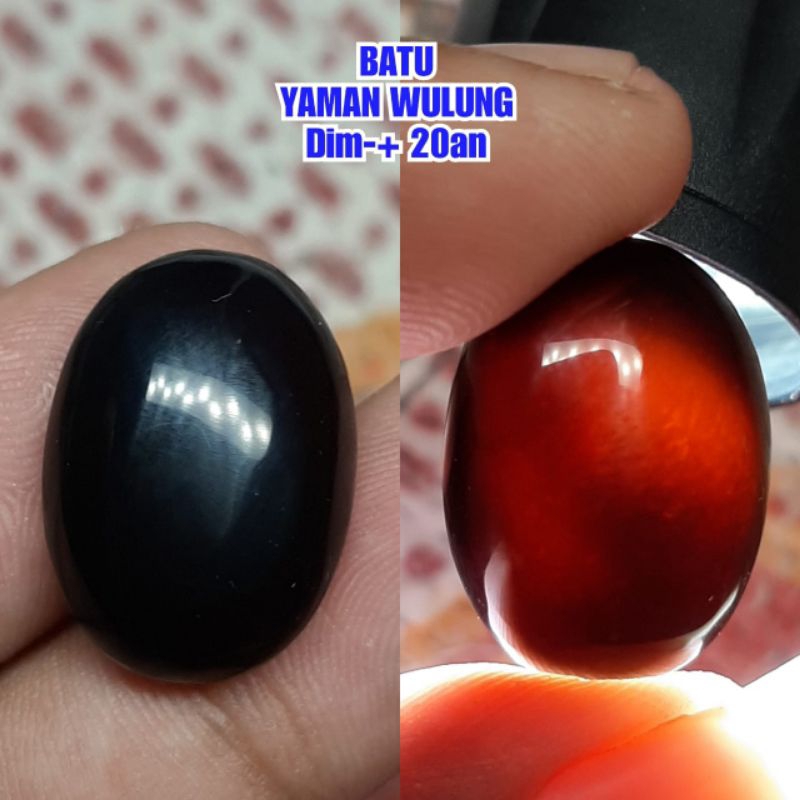Foreign Automakers In China: Understanding Current Market Pressures

Table of Contents
Intensifying Competition from Domestic Brands
The most significant pressure on foreign automakers in China stems from the rapid growth and increasing sophistication of domestic brands. This competition manifests in two key areas: the rise of electric vehicle (EV) manufacturers and the overall improvement in quality and technology across the Chinese automotive industry.
Rise of Chinese EV Manufacturers
Chinese EV manufacturers, such as BYD, NIO, and XPeng, have experienced explosive growth, significantly impacting the market share of established foreign brands. Their success is driven by several factors:
- Technological Advancements: Chinese EV companies are at the forefront of battery technology, autonomous driving features, and connected car services.
- Government Subsidies: Generous government incentives have fueled the adoption of EVs, giving domestic brands a significant advantage.
- Aggressive Pricing Strategies: Many Chinese EV manufacturers offer competitive pricing, making their vehicles more accessible to a wider range of consumers.
- Strong Brand Building within China: These brands have effectively cultivated strong brand recognition and loyalty amongst Chinese consumers.
Statistics show that the market share of domestic EV brands has increased dramatically in recent years, exceeding expectations and posing a serious challenge to foreign automakers who haven't fully embraced the electric vehicle revolution in the Chinese market.
Improved Quality and Technology of Domestic Vehicles
Beyond EVs, the overall quality and technological capabilities of Chinese-made vehicles have improved dramatically. Domestic brands are increasingly incorporating advanced features like:
- Advanced Driver-Assistance Systems (ADAS): Features like lane keeping assist, adaptive cruise control, and automatic emergency braking are becoming standard in many Chinese vehicles.
- Sophisticated Infotainment Systems: Chinese automakers are integrating cutting-edge infotainment systems with intuitive interfaces and seamless smartphone connectivity.
- Improved Design and Aesthetics: Chinese vehicles are increasingly showcasing stylish designs and high-quality interiors, challenging the traditional perception of lower quality.
Shifting Consumer Preferences and Demands
The Chinese automotive market is not only becoming more competitive but also more discerning. Consumer preferences are shifting rapidly, presenting further challenges for foreign automakers.
Growing Demand for Electric Vehicles (EVs)
The demand for EVs in China is booming, driven by environmental concerns, government policies, and technological advancements. Foreign automakers must rapidly adapt to meet this demand by:
- Investing in charging infrastructure: Expanding charging networks is critical for widespread EV adoption.
- Developing advanced battery technologies: Improving battery range, charging speed, and safety is essential for consumer confidence.
- Addressing consumer perceptions: Overcoming range anxiety and other concerns associated with EVs is crucial for market penetration.
Preference for Higher-Tech Features and Connectivity
Chinese consumers are highly tech-savvy and demand vehicles equipped with advanced features and seamless connectivity. This necessitates:
- Integration of advanced driver-assistance systems: Features like autonomous driving capabilities are highly desirable.
- Sophisticated infotainment systems: Intuitive interfaces, seamless smartphone integration, and advanced connectivity features are essential.
- Digital marketing and user experience: Reaching consumers through digital channels and providing a positive user experience are paramount.
Navigating Regulatory and Economic Challenges
Foreign automakers in China face a complex regulatory environment and significant economic uncertainties.
Government Regulations and Policies
The Chinese government plays a significant role in shaping the automotive market through various regulations and policies, including:
- Import Tariffs: High import tariffs can significantly increase the cost of imported vehicles.
- Emission Standards: Stringent emission standards require automakers to invest in cleaner technologies.
- Localization Requirements: Regulations often mandate a certain level of local production, requiring foreign companies to establish joint ventures or build local manufacturing facilities. Navigating the intricacies of Chinese bureaucracy can also present significant challenges.
Economic Uncertainty and Fluctuations
Economic factors, including trade wars, currency fluctuations, and overall economic growth, influence investment decisions and market strategies significantly.
- Trade Wars: Trade disputes can disrupt supply chains and impact the cost of imported parts.
- Currency Fluctuations: Changes in exchange rates can affect profitability and pricing strategies.
- Global Supply Chain Disruptions: Global events can severely impact the availability of parts and materials.
Strategies for Success in the Chinese Market
Despite the significant challenges, the Chinese automotive market remains a potentially lucrative opportunity for foreign automakers. Success requires strategic planning and adaptation.
Localization and Joint Ventures
Establishing joint ventures with local partners or fully localizing production offers several advantages:
- Access to local expertise and networks: Partnerships can provide valuable insights into the local market and regulatory environment.
- Reduced manufacturing costs: Local production can reduce transportation costs and tariffs.
- Improved brand perception: Collaborating with a reputable Chinese partner can enhance brand trust and recognition.
Adapting Products and Marketing Strategies
Tailoring products and marketing campaigns to resonate with Chinese consumer preferences is critical:
- Product Adaptation: Modifying vehicle features and designs to meet local demands is essential.
- Marketing Localization: Adapting marketing messages and communication styles to resonate with the local culture is crucial.
- Digital Marketing and Social Media Engagement: Utilizing digital channels and social media platforms to reach consumers effectively is paramount.
Conclusion
The Chinese automotive market presents both significant challenges and substantial opportunities for foreign automakers. Intense competition from domestic brands, evolving consumer preferences, and a complex regulatory landscape demand strategic adaptations. Success hinges on a deep understanding of the local market, strategic partnerships, the adaptation of products and marketing strategies, and a commitment to long-term investment. By focusing on localization, technological innovation, and meeting the specific needs of Chinese consumers, foreign automakers can navigate the pressures and potentially thrive in this dynamic market. Learn more about the specific challenges and opportunities facing foreign automakers in China and develop a robust strategy for success in this crucial market. Thorough research into the latest trends in the Chinese automotive industry is critical to staying ahead of the competition. Understanding the complexities of the Foreign Automakers in China market is key to your future success.

Featured Posts
-
 Miley Cyrus Plagiaatzaak Rechtszaak Over Hit Gelijkend Op Bruno Mars Hit Gaat Door
May 06, 2025
Miley Cyrus Plagiaatzaak Rechtszaak Over Hit Gelijkend Op Bruno Mars Hit Gaat Door
May 06, 2025 -
 Analyzing Buffetts Apple Investment Key Insights For Investors
May 06, 2025
Analyzing Buffetts Apple Investment Key Insights For Investors
May 06, 2025 -
 Broadway World Daily News For February 26 2025
May 06, 2025
Broadway World Daily News For February 26 2025
May 06, 2025 -
 Mengenali Batu Yaman Habasyi Asli Ciri Keunikan Dan Cara Membedakannya
May 06, 2025
Mengenali Batu Yaman Habasyi Asli Ciri Keunikan Dan Cara Membedakannya
May 06, 2025 -
 Za Chto Geri Oldman Poprosil Proscheniya U Demi Mur
May 06, 2025
Za Chto Geri Oldman Poprosil Proscheniya U Demi Mur
May 06, 2025
